Review: LG V10 for AT&T
Nov 20, 2015, 4:00 PM by Eric M. Zeman
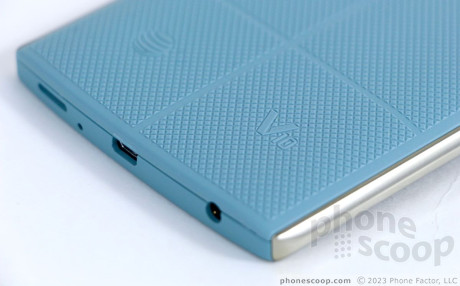
The V10 from LG includes a secondary display and advanced camera features. This massive Android smartphone is a flagship-class device thanks to good specs, solid build quality, and decent all-around performance. In Phone Scoop's full report we assess the usefulness of the second screen. Read on for our verdict.
Hardware
Is It Your Type?
The LG V10 is a large, semi-rugged flagship smartphone, but also a bit of an oddball thanks to its extra, secondary display. This makes it perfect for those seeking something off the beaten path. Beyond the second screen, the V10 also packs powerful camera technology, which should appeal to shutterbugs, and a fingerprint reader for fans of biometrics. The V10 is therefore a curiosity for people who want a high-end LG handset with all the bells and whistles.
Body
The V10 is yet another variation on a theme from LG. It takes the basic design of the G4 and applies some tweaks in order to give the V10 a more unique look and feature set. There are several core elements that define the V10 and help it stand apart from its stablemates. To start, it has a second screen on the front, used to display notifications. It also adds metal to the frame, and more rugged plastics.
The majority of phones LG has released this year share the same silhouette. This is no exception. I'm not saying it's good or bad; it simply is.
The V10 makes use of this DNA, but shows signs of evolution. For example, the V10 has a mostly flat rear surface, which helps it sit in a stable way on flat surfaces like tables or desks. (The G4, in comparison, has a curved rear surface and wobbles all over the place.) The V10 has stainless steel rails along the side edges, which give it strength and a nice upgrade in looks. (Metal has been absent from LG phones for far too long.) It also moves away from the flimsy rear plastic materials in favor of a much sturdier and appealing polycarbonate rear shell. The phone is more chaotic looking than the svelte G4, but I count that as a positive in this case. If you want something less wild, there are plenty of options; the V10 is LG untamed.
There's no getting around the V10's size; it's a phablet through and through. The thick profile, metal elements, and massive battery mean it's a heavy sucker, too. I often needed two hands to use the phone without fear of dropping it. The downside of the flatter rear surface? The V10 won't sit as deeply in your palm. If you have small hands, it simply may not work. The same goes if you have tight jeans. The size and materials may make it somewhat difficult to jam into your pocket. The weight means you can always feel it, no matter where you choose to stow it.
The front surface of the phone is less cohesive than past LG handsets, but that's fine as far as I am concerned. Black glass consumes the bulk of the face. It's contained within chrome-colored rails on the sides. The bezel above and below the display matches the phone's color (white, black, blue, or greenish). The earpiece speaker is covered with a chrome grill, and a sensor is positioned next to it. There are no buttons below the display, but the two user-facing cameras and Second Screen are plainly visible at the top of the glass.
LG's habit of putting buttons on the back of its phones means the metal rails are solid and uninterrupted strips defining the V10's girth. I like the smooth feeling of the metal against. The V10 is comfortable when gripped tightly.
All of the buttons and controls are found on the rear surface. The V10 has a revised version of this trio of keys. LG has long split the volume controls in two, with the screen lock / power button in the middle. The volume toggles are indented, while the screen lock button is somewhat raised. On the V10, the screen lock button is now a fingerprint sensor. It's circular and rimmed in chrome that gives it a more distinct profile than on other LG handsets. All three buttons have good travel and feedback, but if you're not used to their placement (on the rear) they may take some getting used to.
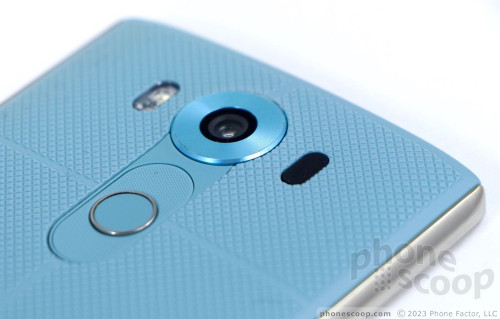
The camera module is round, raised, and about the size of a quarter. It has a shiny, ribbed texture that sets it apart visually from the matte rear shell. There is no dedicated camera button. The bottom of the phone houses the headphone jack, micro USB port, and speaker.
The rear cover peels off easily. LG has kept several beloved — but increasingly rare — features: a removable battery and a memory card slot. The memory card slot is stacked with the SIM card. You have to remove the battery to pull out the SIM, but there's just enough room swap the memory card without pulling the battery.
Surprisingly, the V10 is sort of rugged. It's not going to survive a tumble down some concrete steps, but you can drop it here and there and not worry too much about it breaking.
The V10 won't appeal to everyone, but I find it a welcome break from boring, staid designs.
Screen
The main display measures 5.7 inches and contains 2,560 by 1,440 pixels (which is quad HD resolution, the current gold standard.) LG used an in-plane switching (IPS) LCD panel and it looks phenomenal. Even at this large physical size, elements on the screen are incredibly sharp; you won't see any individual pixels anywhere. Colors are accurate and viewing angles are pretty good, too. With brightness set high, the screen was usable outdoors even under direct sunlight. It's truly a fine display.
The second screen is a narrow 2.1 inches across with 1,040 by 160 pixels. I had a harder time seeing it outdoors, but it's bright enough for easy use indoors. The resolution is fine for such a small display and the small icons and text it displayed looked clean and sharp.
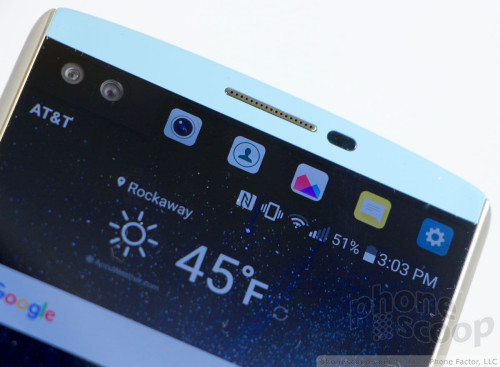
Signal
I tested the AT&T version of the LG V10 and it performed admirably in and around New York City. The phone remained connected to LTE most of the time, but I saw it dip to HSPA a handful of times in poor coverage areas. The phone always connected calls on the first attempt, and did not drop any, even at highway speeds. Data speeds were great when under a strong signal. The V10 performs on par with other phones on AT&T's network, which is what we like to see.
Sound
The V10 is an excellent voice phone. I was impressed by the clarity of voice calls. The earpiece produces loud and clear conversations. It often sounded like the person with whom I was speaking was standing in the same room. Volume is more than adequate for most environments, save for standing next to a jet engine. In fact, you can set the volume at about 60% most of the time. People I spoke to said I sounded very good. The V10 outperforms most other handsets I've tested on AT&T's network lately.
The speakerphone isn't so great. It delivers plenty of volume, but voices sound as if they are coming through a sock. Moreover, if you set the volume all the way up, the quality degrades further with distortion and boominess.
If you set the volume up all the way, ringers and alerts will wake you from the deepest of slumbers. The vibrate alert is just OK.
Battery
The V10 has a 3,000 mAh battery. The phone supports QuickCharge 2.0, which means it can power up in a hurry. It can go from 0% to 100% in less than two hours, which is truly useful.
Part of the point of the second screen is to help save battery power. I can't say it had any measurable impact. I got a day out of the V10 no matter how much I tried to use the second screen instead of the main screen. The phone easily delivered a full waking day of power; it lasted from breakfast to bedtime consistently with some power to spare.
LG gave the phone several tools to help manage battery life. To start, it has power saver mode, which kicks on when the battery reaches 15%. When turned on, this automatically dims the screen more aggressively, reduces processor output, and cancels vibrate alerts. The V10 also has a setting that specifically reduces the processor power given to games. Thanks to decent battery life, I didn't need these tools while I reviewed the phone.
Bluetooth, GPS, NFC, WiFi
The V10's radios all functioned properly. Bluetooth was a cinch to use and the NFC helped me pair the V10 with a handful of Bluetooth accessories. I used the V10 for a few calls via my car's hands-free system and calls sounded very good. Music was pleasant when passed through a good set of headphones.
Google Maps and the V10's GPS radio interacted with one another perfectly. The phone located me swiftly and was accurate to about 15 feet. I especially enjoyed watching the blue dot move as I walked the streets of Manhattan.
The WiFi worked just fine.
Software
Lock Screen
The V10's Second Screen is meant to help improve the lock screen experience. It does, but just barely.
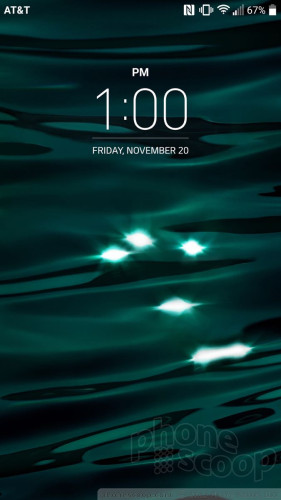
With the phone locked, the Second Screen always shows the time, date, and battery percentage, but not signal strength. When you receive a notification (message, email, Facebook, etc,) a corresponding icon pops up within the Second Screen. In order words, you can pretty much always read the time or see your notifications — if the phone is close enough. The text and icons are so small, they are hard to see from more than an arm's length away.
If you tap the Second Screen, it wakes the device and loads the full lock screen where you can better read the clock and your alerts. If you swipe the Second Screen, you'll find shortcuts to the camera, flashlight, WiFi radio, and silent mode.
There are lots of ways to wake the screen and lock the phone. First, LG included its Knock On and Knock Code tools. With Knock On, two taps of the screen wakes the phone up. With Knock Code, you set a four-tap pattern to unlock the phone. This sort of combines Knock On with a security PIN. You may also choose to use the fingerprint reader for security purposes, or select a standard password or PIN.
Once the full lock screen is turned on, the experience mirrors that of most Android smartphones.
Home Screens
The V10 ships with Android 5.1 Lollipop and LG's user interface skin. The V10 relies on the same icons and fonts we've seen on the bulk of LG's phones for the better part of a year. The basic elements are in place: notification shade, app drawer, customizable home screens, and extensive settings menus. The settings menus can be viewed in tab or list form. (I prefer list form.)
The Second Screen doesn't add much value to the home screen experience and here's why. When the phone is being used, the Second Screen changes roles a bit. Rather than show notifications, it contains shortcuts to apps (up to 10) — and duplicates any shortcuts you might put on the screen.
The equation changes a bit when you're using apps, and the Second Screen starts to make a bit more sense. The same set of shortcuts and actions are available from the Second Screen when you're doing pretty much anything else, such as browsing the web or reading Facebook. I like having quick access to the camera, text messaging, and other functions all the time from within other apps. The camera shortcut in the Second Screen is especially helpful, as it lets you jump to the camera in an instant. On most other phones, you'd have to close the current app and then find the camera to launch it. (A physical camera button might be better, but this is a useful substitute.)
LG's Quick Memo tool is aboard, as are its QSlide apps and QuickRemote. These let you annotate memos, shrink apps for easier multitasking, and control your TV, respectively. I particularly like the QuickRemote app, which is a breeze to set up and use.
The V10 relies on the Snapdragon 808 processor and 4GB of RAM. It performs great. The huge amount of RAM lets the V10 fly.
Camera
The camera is the only app on the V10 that makes unique use of the Second Screen.
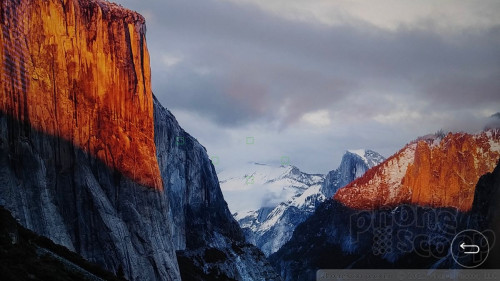
The V10 doesn't have a physical camera button but you can launch it from the lock screen or with a long press to the down volume button on the back of the handset.
The Second Screen holds shortcuts to the five core shooting modes: simple, auto, manual, manual video, and Snap. The modes are always accessible from the Second Screen no matter what else you're doing with the camera app.
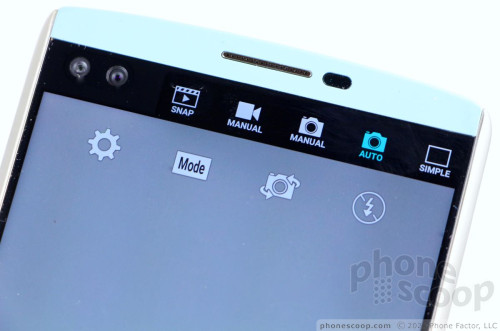
The simple mode is exactly that. It offers no controls. None at all. Tap the screen to take a picture. Swipe the screen to swap between front and rear cameras. That's it.
Things get more interesting in auto mode, which is the default setting. In auto mode, the camera interface includes controls running down the left and right sides of the screen. Five quick action buttons appear on the left: settings, flash, user-facing camera, modes, and menu. These buttons cannot be customized. The controls float over the viewfinder if you shoot in 16:9 mode. There are separate buttons for the camera and video camera so you can easily snap stills while filming video.
In auto mode, the V10 doesn't offer all that many shooting options. You can shoot in normal, panorama, slow-mo, timelapse, or tri-camera modes; there are controls for HDR, the flash, and photo size. The tri-camera mode lets you shoot pictures with the back and both front cameras at the same time so you can include yourself if you want to create a tri-panel montage. Auto mode also controls the adjustable beautification feature, which automatically cleans up your skin when taking selfies. You can choose how aggressive the beauty mode is.
Manual mode — both for pictures and for video — is for knowledgeable, creative types who want to make art, not just capture moments. As the name implies, in manual mode you have full control over everything: white balance, focus, brightness, ISO, and shutter speed. You can also set the auto-exposure to lock. What I like best is how LG arranged the controls for these tools. Each has its own slider that lets you, for example, alter the focal point between close and far so you can see how the result will turn out as you adjust the slider. The same goes for the other controls. It gives you some neat insight into how each individual facet may affect the final result.
The manual video-recording tool lets you adjust how the V10 records sound, too. You can control how it handles stereo sound capture and move the focal point of the stereo effect around. It's pretty neat. You don't have to use these controls in manual mode; the V10 will still fire off shots or record video if you press the button.
The Snap shooting mode is for assembling video clips into a 60-second story. It lets you shoot with 1, 2, or 3 panels in a variety of configurations. A quick tap of the shutter button records a 3-second segment. You can piece together up to 20 of the 3-second clips, or press-and-hold the shutter button to record longer clips up to 60 seconds long.
Need to share your image immediately? The V10 bakes in an easy-sharing tool that lets you automatically send the most recent photo/video via email, MMS, Bluetooth, or YouTube, or append it to a QuickMemo. The YouTube shortcut is pretty cool.
The V10's camera software is extraordinarily quick to focus and snap photos. It's a powerful app that performs well.
Photos
The V10's sensor captures images up to 16 megapixels with an aperture of f/1.8 and has laser-assisted focus. It's a fantastic camera. I was impressed with nearly every shot I took. Focus is excellent, white balance is accurate, and exposure often perfect. LG did an incredible job with this camera. It's among the best available in the current market. Bonus: in manual mode you can capture images in RAW format. With the advanced manual controls, you can rely on the V10 for most all your photography needs. The only time you need to tote around your big camera is when you need real zooming power.
A note about selfies. The V10 has two five-megapixel front cameras, one with an 88-degree field of view and one with a wide 120-degree field of view. The wide-angle lens is great for group shots, and it is this difference that lets you make interesting results when using all three cameras at once. Moreover, the selfie cameras can shoot in HDR mode, and also record slo-mo and timelapse video, which is neat. I thought selfies were a bit grainy, but otherwise showed accurate exposure/focus.
The V10 captures video up to 4K resolution, but you'll be happy with the 1080p video setting. It looks great.
The V10's gallery app offers lots of ways to edit and otherwise enhance images, and a separate app can help with videos. The video app lets users trim videos, apply filters and effects, and of course upload the results to YouTube.
AT&T Stuff
AT&T crammed no fewer than 22 junk apps onto the V10. The good news is that LG lets you uninstall the bulk of them. Seriously, you can delete almost all the crummy AT&T apps, which is very user-friendly in my book.
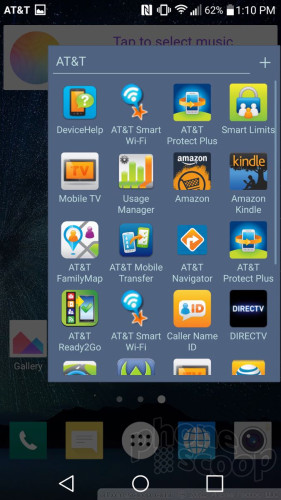
Wrap-Up
The LG V10 is a curious handset. LG attempted to do something unique with the Second Screen, but truly the more impressive features are found in the camera app.
The V10 is a large, heavy smartphone. The stronger polycarbonates and metal components make it a tougher phone, and help change up the family DNA somewhat. The main screen is excellent, the V10 is a powerful voice phone, and data performance on AT&T's network was quite good. LG's apps are quirky, but also useful at times. It's nice to have a fingerprint sensor, and the Android platform is very fast thanks to the huge amount of RAM.
The Second Screen offers limited value at best. Yes, it shows notifications on the lock screen, and makes app shortcuts available when using other apps, but it hasn't been truly integrated into any core functions aside from the camera.
Speaking of which, the camera is just insane. If you buy the LG V10, but it for the crazy powerful and fun camera app. LG did a great job with the imaging tools on the V10, and it delivers great results.
I'd recommend the V10 to anyone who's serious about photography.



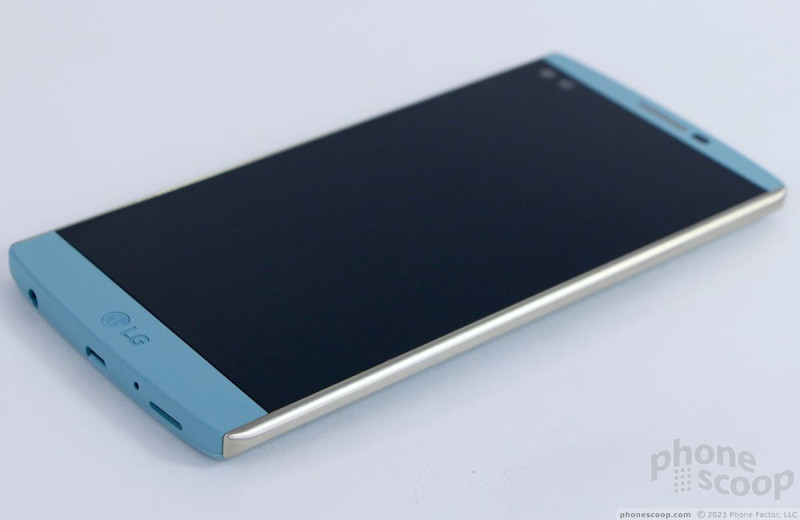















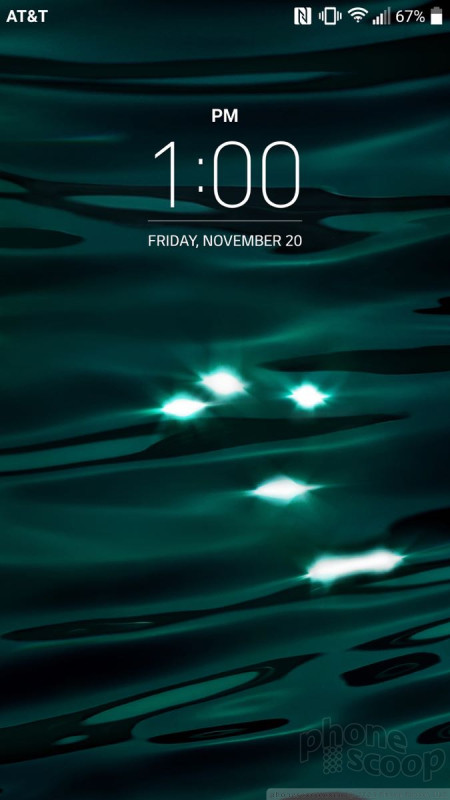






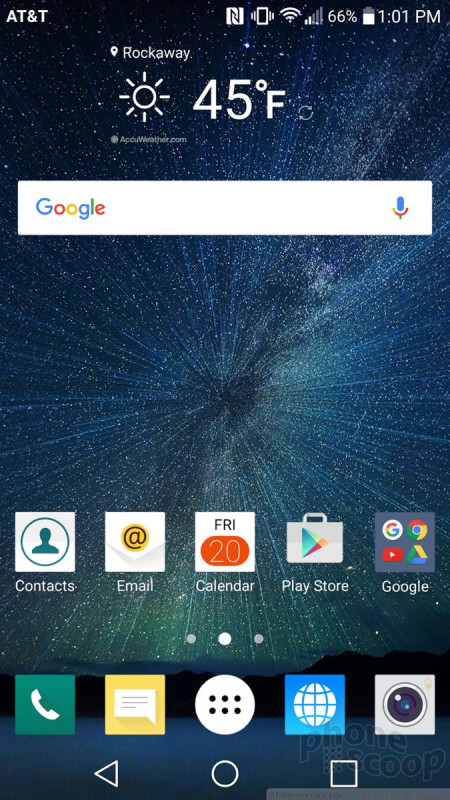










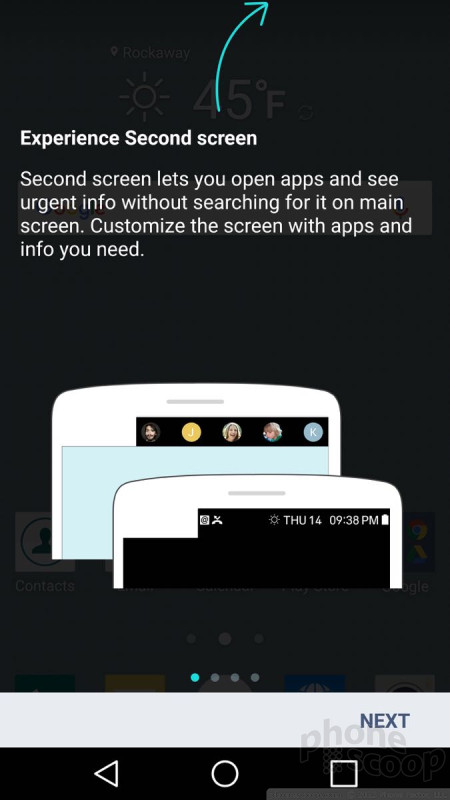





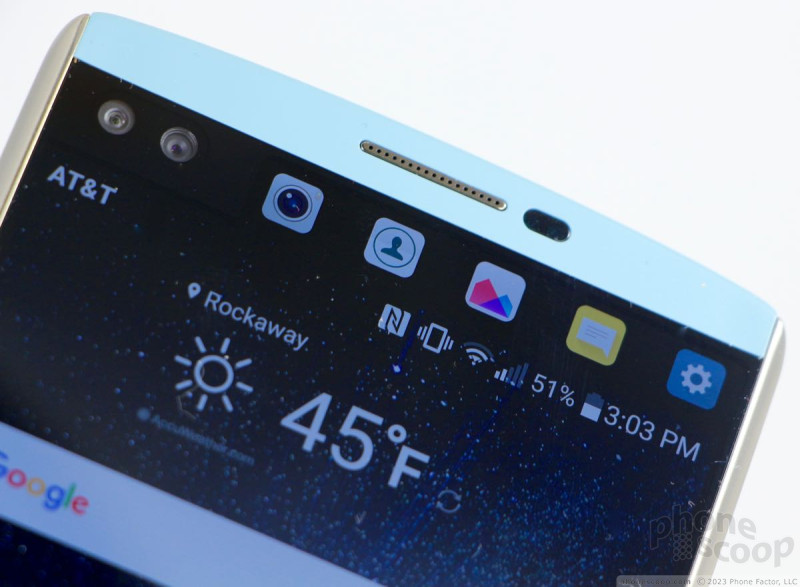





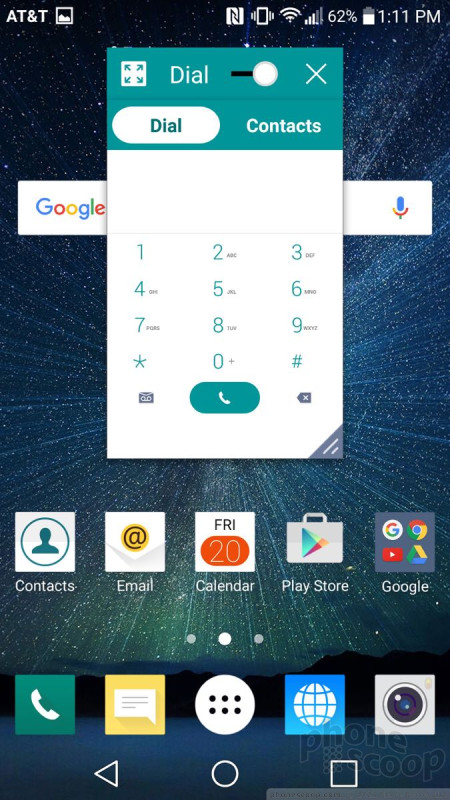




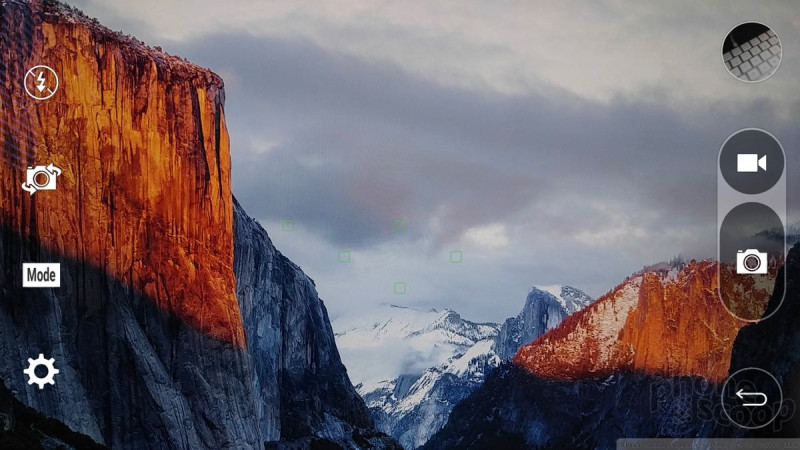




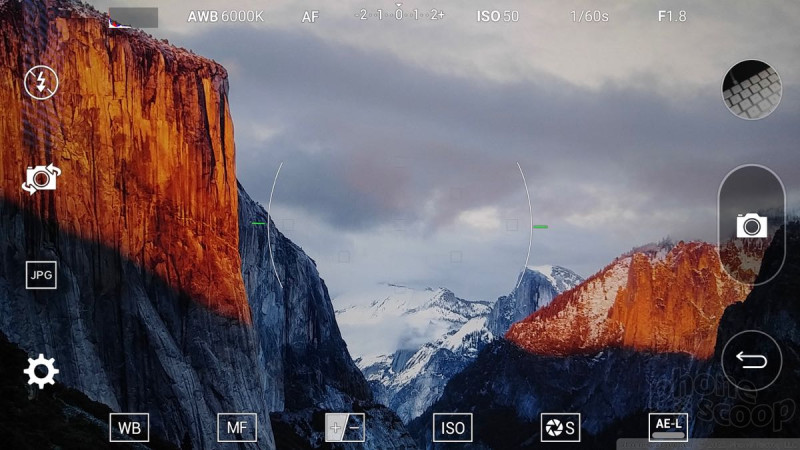




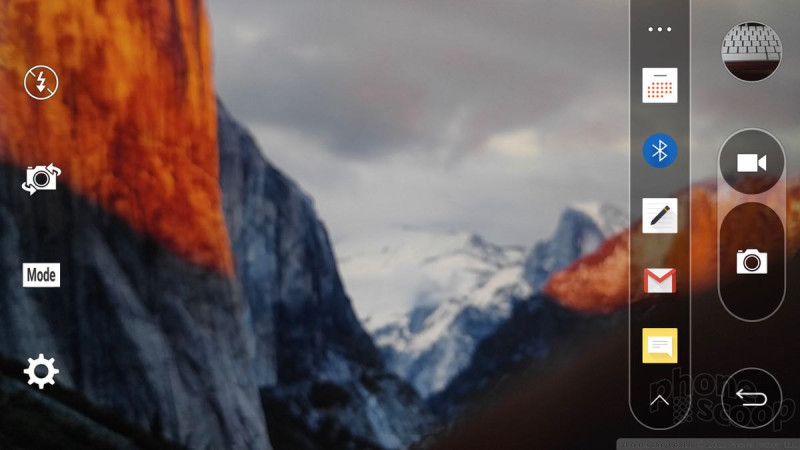
















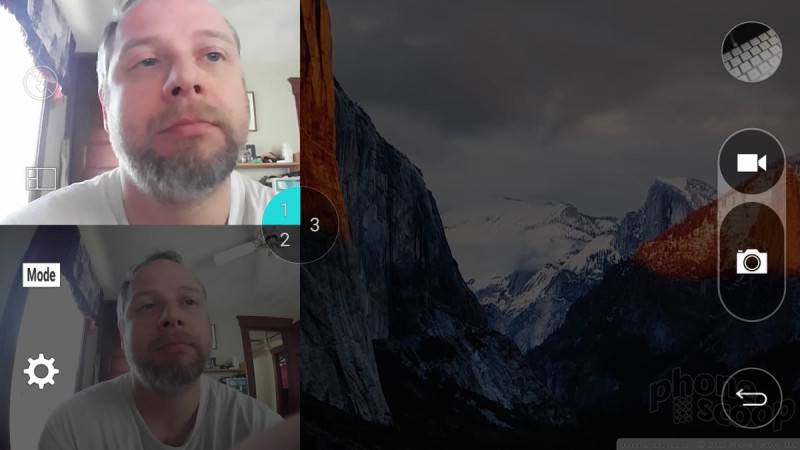




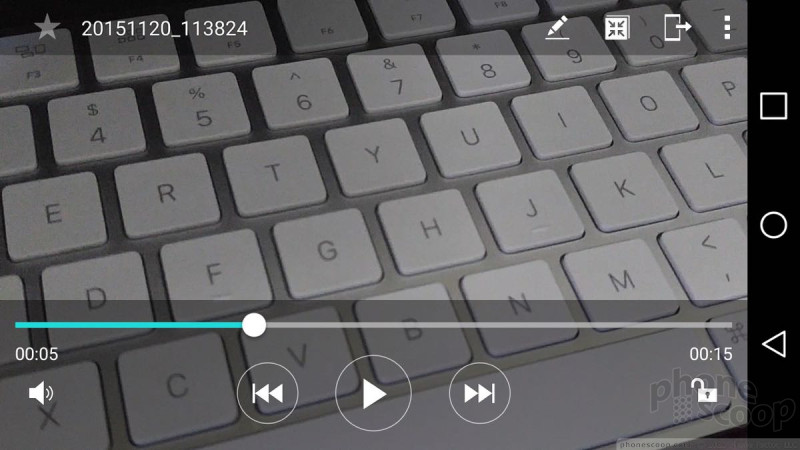




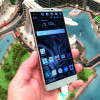 Hands On with the LG V10
Hands On with the LG V10
 LG V10 Boasts Second Screen, Dual Front Cameras
LG V10 Boasts Second Screen, Dual Front Cameras
 LG Announces the V20 With Android 7, Second Screen, and Dual Cameras
LG Announces the V20 With Android 7, Second Screen, and Dual Cameras
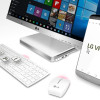 LG's VPInput App Lets PCs Control Smartphones Via Bluetooth
LG's VPInput App Lets PCs Control Smartphones Via Bluetooth
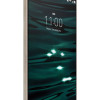 AT&T, T-Mobile Reveal LG V10 Launch Plans
AT&T, T-Mobile Reveal LG V10 Launch Plans
 LG V10 (GSM)
LG V10 (GSM)










